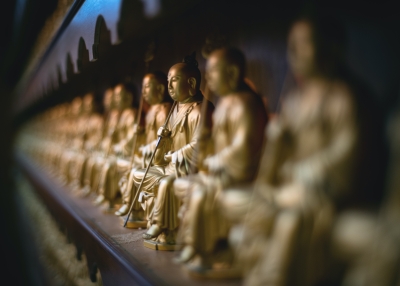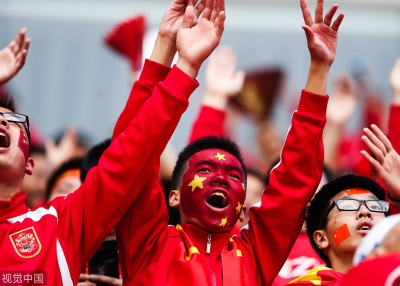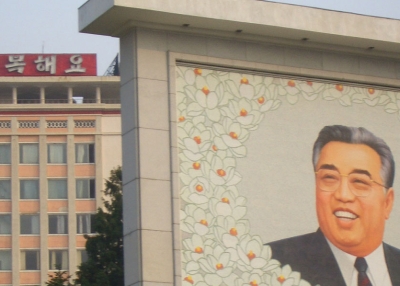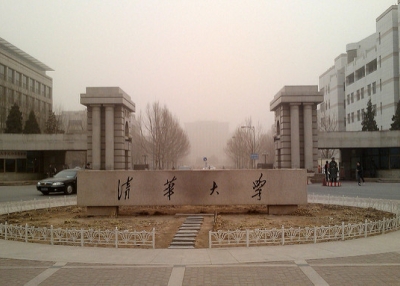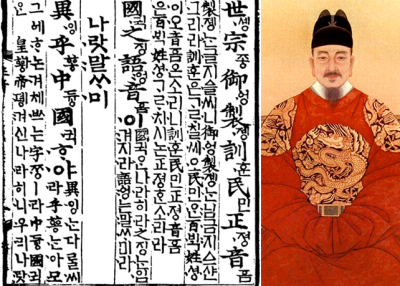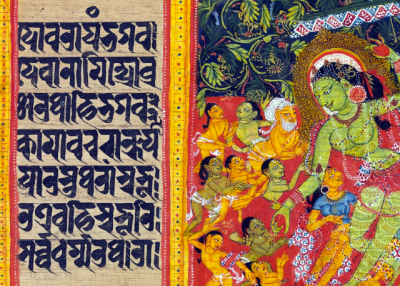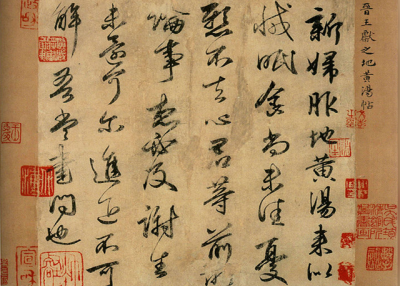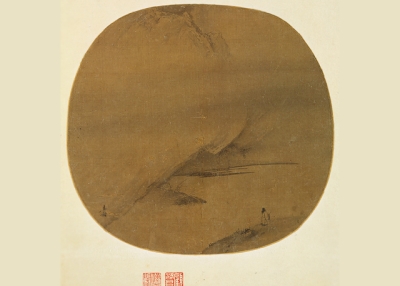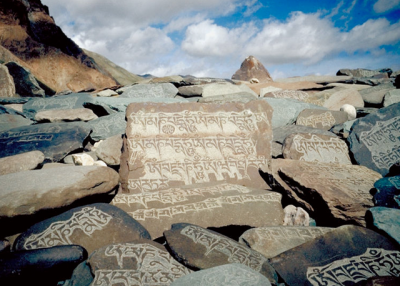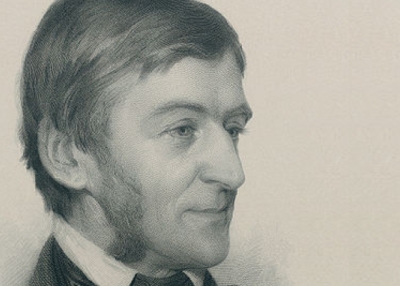Seven Ways to Greet a Neighbor
Excerpts from Arthasatra
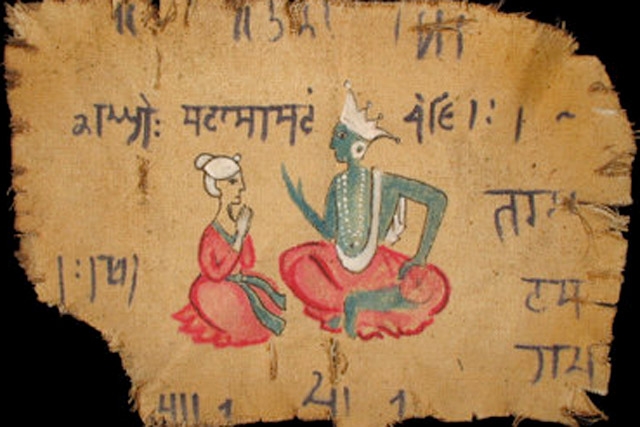
This excerpt comes from Arthasastra, a fourth century B.C.E. Indian treatise on government. It offers advice on how a ruler should handle neighboring states.
- Saman: Appeasement, sweet talk, soothing words, conciliatory conduct, such things as non-aggression pacts;
- Danda: Power, military might, punishment, violence, being well-armed, aggression of whatever kind;
- Dana: a bribe or gift, a donation, an agreement to share the spoils;
- Bheda: Divide and opposition so as to defeat them, splitting, cause a breach in the opposition, sow dissension in the enemy's party, use treachery, treason;
- Maya: Deceit, illusion, fraud, a diplomatic feat (for example the Japanese mission to Washington offering appeasement as their bombers were readying for the attack on Pearl Harbor);
- Upeksa: Overlooking, taking no notice, ignoring the enemy until you have decided on the proper course of action;
- Indrajala: Military maya, creating an appearance of power when you have none.

